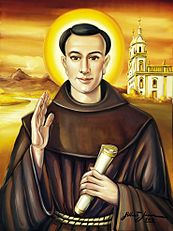
St. Anthony of Saint Anne Galvao
Image: Catholic Thoughts
(Franciscan Media) God’s plan in an individuals life takes unexpected turns which become life-giving through cooperation with God’s grace.
Anthony was born in Brazil Guaratingueta near Sao Paulo to a deeply religious family of high social standing. — According to the Vatican Anthony’s father Antonio Galvao de Franca, was active in the would of commerce, belonged to the ‘Third Order of St. Francis’ and was known for his generosity. Anthony’s mother Izabel Letite de Barros, bore 11 children before her premature death in 1755 at the age of 38 she too was well known for her generosity, in fact, when she passed, none of her clothes could be found because she had given them all to the poor.
When Anthony was 13 yrs old his father Antonio, sent him to a Jesuit Seminary in Belem but due to a growing anti-Jesuit climate, Antonio later recommended that Anthony pursue his vocation with the Franciscan Friars instead.
In 1760 at the age of 21, Anthony entered St. Bonaventure Friary in Macacu in Rio de Janeiro, during this period, Anthony was known for his devotion, zeal and exemplary values. In 1761 Anthony made his solemn profession and took the Franciscan vow to defend the Blessed Virgin Mary’s title of the ‘Immaculate’ at the time, it was still a controversial doctrine. One year later, Anthony was Ordained as a Priest and sent to St. Francis Fiary in Sao Paulo, where he continued his studies in theology and philosophy. — In 1768 Fr. Anthony was appointed Preacher, Confessor and Porter at the Convent, an important post.
Within a few years, Fr. Anthony was appointed Confessor to the ‘Recollects of St. Teresa’ a group on Nun’s in Sao Paulo — Subsequently, Fr. Anthony and Sister Helena Maria of the Holy Spirit, founded a new community of Sisters, under the patronage of ‘Our Lady of the Conception of Divine Providence’ with Sister Helena Maria’s premature death the following year, this left Fr. Anthony, responsible for the new congregation, especially for building a Convent and Church adequate for their growing numbers.
Fr. Anthony served as the Novice Master for the Friars in Macacu and as Guardian of ‘St. Francis Friary’ in Sao Paulo. Subsequently Fr. Anthony founded ‘St. Clare Convent in Sorocaba Sao Paulo — After 11 months, he returned to ‘St Francis Friary’ — Because of his old age, Fr. Anthony obtained permission from the Bishop and Guardian to stay at the Recolhimento da Luz, where he passed away two days before Christmas.
On this date in 1998 Fr. Anthony of Saint Anne Galvao was Beatified by Pope Saint John Paul II and Canonized in 2007 by Pope Emeritus Benedict XVI
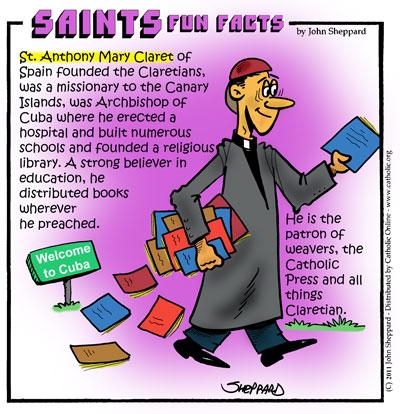 St. Anthony Mary Claret (1807-1870)
St. Anthony Mary Claret (1807-1870)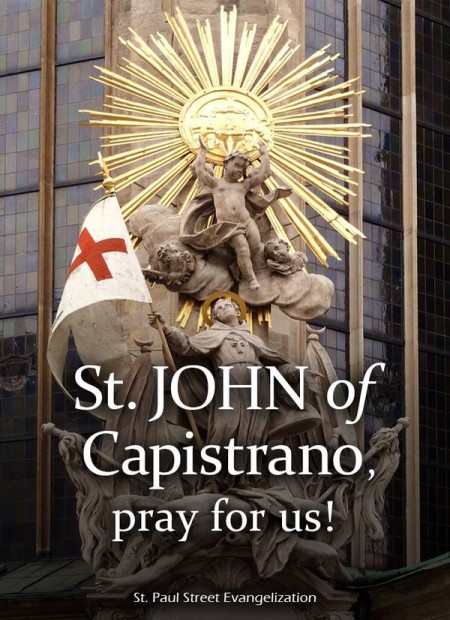 St. John of Capistrano (1386-1456)
St. John of Capistrano (1386-1456)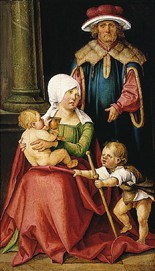
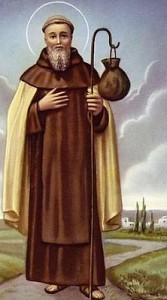
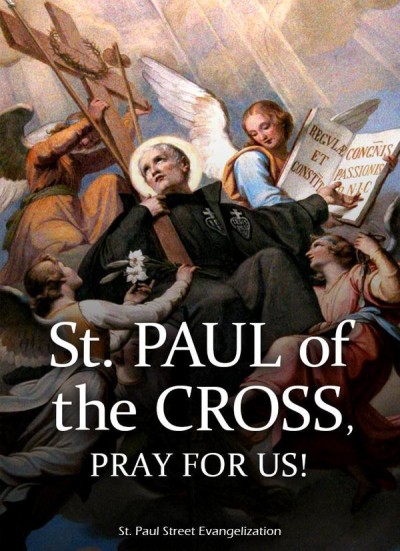 St. Paul of the Cross (1694-1775)
St. Paul of the Cross (1694-1775) Our Lady of Fatima, Mother of Jesus,
Our Lady of Fatima, Mother of Jesus,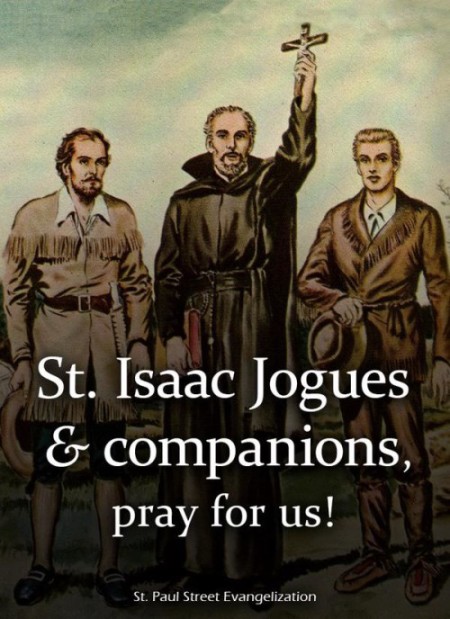 St Issac Jogues (1607-1646) and Companions (1593-1649)
St Issac Jogues (1607-1646) and Companions (1593-1649)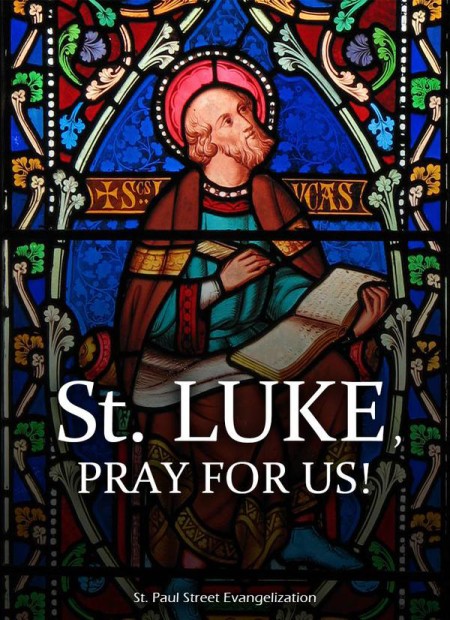 St. Luke the Evangelist & Apostle
St. Luke the Evangelist & Apostle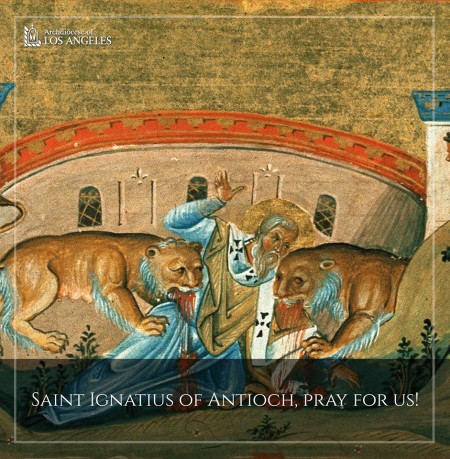 St. Ignatius of Antioch
St. Ignatius of Antioch